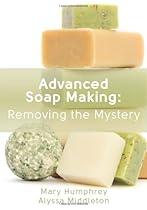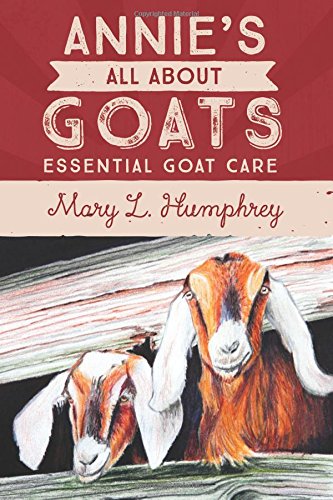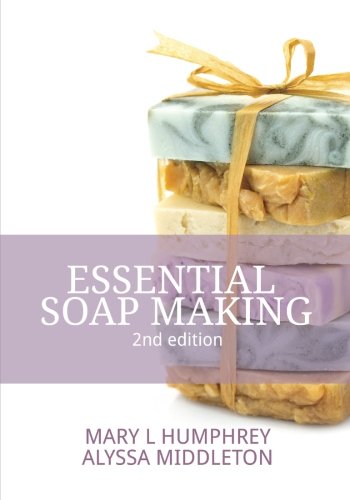I fed the last bottle of the season today. This is always a bittersweet day on our farm. And it also reminds me that I promised a bottle feeding article!
There are several cautions that I want to give regarding bottle feeding. First, never over feed a kid goat. In the case of newborn and young goats, love (through heavy feedings) can kill. Secondly, if you are not feeding goat milk to the kid, select a well-balanced milk replacer. The milk replacer label must state that it can be fed to kid goats, and the replacer must contain copper (a very necessary mineral to a goat) . When mixing the milk replacer carefully follow the package instructions, it is much better to add slightly less replacer to the warm water than it is too much (too rich formula). Be consistent with your measurements each and every feeding.
In the past we fed our newborn and young goats until their bellies felt full, and until they began “playing with the nipple” (showing a lack of interest, indicating fullness). We fed up to 20 ounces per bottle, 3 times a day, to the kids that were at least several weeks old. The bottle fed goats became sick more often than the dam fed goats. We now feel that the problems we were experiencing were due to overfeeding, leading to bloat, and leading to the kids not having an interest in hay or grain.
To get an idea of how much to feed a kid goat, watch one nursing on their mother. The dam allows the kid to nurse but not for long periods of time. She basically allows the kid to drink a little (almost a “slurp” as we lovingly call it), then she makes the kid stop. Kids nurse often, but not for an extended period of time. Hence, when we bottle feed very large quantities of milk, we are allowing the kid to drink more than he would if he were “on” his mother. Overfeeding leads to deadly bloat, scours, and other over-eating issues.
This is the bottle feeding schedule we follow:
- Day One – Always feed colostrum! Up to 6 ounces per feeding, every 4 hours.
- Day Two – Colostrum. Up to 8 ounces per feeding, 4 times a day.
- Day Three – Colostrum mixed with goat milk or milk replacer. 10 ounces per feeding, 4 times a day (gradually lower the amount of colostrum in the mix).
- Day Four – Colostrum mixed with goat milk or milk replacer. 10-12 ounces per feeding, 4 times a day.
- Next Two Weeks – Goat milk or milk replacer. 10-12 ounces per feeding, 4 times a day.
- Up to 2 months old – Goat milk or milk replacer. 10-12 ounces per feeding, 3 times a day.
- Up to 2 1/2 months old – Goat milk or milk replacer. 10-12 ounces per feeding, 2 times a day.
- At 2 1/2 months old begin weaning. Lower the amount of milk per feeding by about an ounce per day (or two ounces if the kid eats hay very readily). This encourages the kid to eat more hay and grain, depending upon the bottle less each day.
We wean our kids between 2 1/2 and 3 months old.
From the beginning of a kid’s life, always provide access to good quality hay. A kid will eat hay better if he is near other kids that eat hay. Goats learn to eat hay by example (normally from their dam on the day they are born)! We provide a creep feeder. It is a feeder that allows the kid(s) to enter a feeding area, where they have access to hay, without competition from larger goats.
We offer a very small amount of grain to our kid goats. Normally, the dairy grain that we feed to the goats that are being milked is also offered to the kid goats. Again, do NOT overfeed, a small handful (1/4 cup per kid) is plenty. Encourage hay eating, especially a good quality alfalfa mix. In colder temperatures, hay is what keeps a goat warm, through digestion (their rumen).
We prefer Pritchard brand nipples. There are other brands of “lambing” nipples on the market. The nipple hole in a Pritchard can be cut very small (for a newborn) or larger for a goat several weeks old. Also, Pritchard’s have a valve ball that helps to control the milk flow and air.
Always feed a goat kid in a fashion that makes them hold their head up, similar to how they reach up to the udder when nursing from their dam. Following this practice helps ensure milk does not enter their lungs, and helps to prevent bloat as well.
Never force feed a goat kid. We published an article here: Colostrum – The Most Important Nutrition In A Kid’s Life, and here, Reviving Chilled Kid Goats (that discusses kid goats unable to nurse).
You may also enjoy reading, Dam Vs. Bottle Raised Kids.
Annie’s Goat Hill Handcrafted Soaps – where you can Smell and Feed the Goodness!
Note: Adjust the feeding amount for smaller breed goats. The feeding schedule remains the same, but you will need to adjust. On average, our kids ranged from 6-9 pounds at birth.





